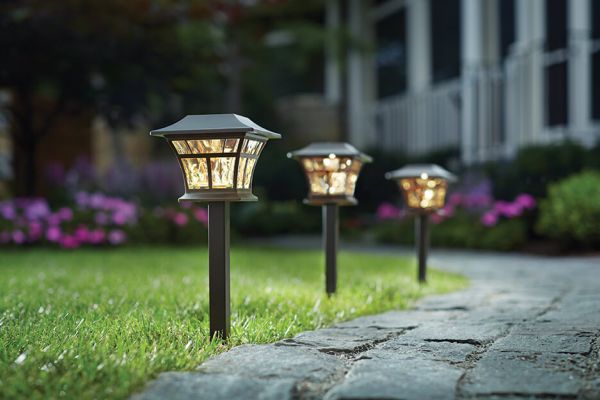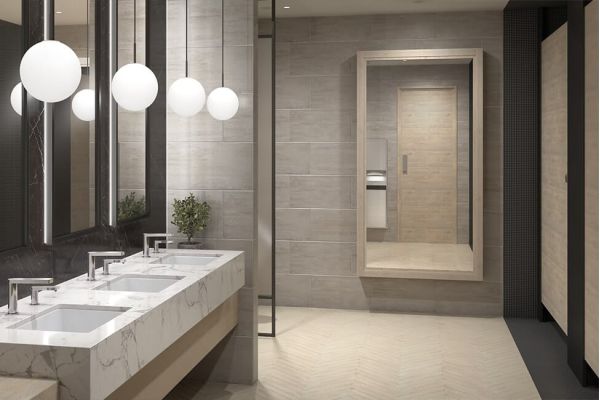Pipe Dreams: PVC, Copper, or PEX?

When it comes to plumbing projects, whether you’re building a new home, replacing outdated pipes, or making repairs, selecting the right pipe material is a critical decision. The three most common types you’ll encounter are PVC (polyvinyl chloride), copper, and PEX (cross-linked polyethylene). Each has unique advantages and drawbacks that make them suitable for different situations. At White Star Supply, we’re here to break it all down so you can make an informed choice that balances cost, performance, and long-term value.
Understanding PVC Pipe: Affordable and Easy to Work With
PVC pipe is one of the most widely used plumbing materials for residential and commercial systems, especially for drain, waste, and vent (DWV) applications.
Pros of PVC:
- Affordability: PVC is generally the most budget-friendly option, making it popular for DIY projects and large installations.
- Ease of installation: Lightweight and easy to cut, PVC connects using solvent cement rather than heat or solder, simplifying installation.
- Corrosion-resistant: Unlike metal pipes, PVC doesn’t rust or corrode, making it ideal for long-term use in many non-pressurized water systems.
Cons of PVC:
- Not suitable for hot water: Standard PVC can warp under high temperatures and isn’t approved for hot water supply lines.
- UV degradation: Prolonged exposure to sunlight can weaken PVC over time, so it’s better suited for indoor or underground use.
PVC plumbing pipes are a solid option for drainage systems or cold-water lines, but if your project includes a hot water supply or areas with direct sun exposure, you might want to consider other options.
Choosing Copper Pipe: The Long-Standing Standard
For decades, copper pipe has been considered the gold standard in plumbing. It’s especially known for its durability and resistance to bacterial growth, making it a go-to choice for many professionals.
Pros of Copper:
- High heat tolerance: Copper handles both hot and cold water well, making it versatile for all types of supply lines.
- Longevity: With proper installation, copper plumbing pipe can last 50+ years.
- Recyclable and eco-friendly: Copper is a sustainable material that can be recycled at the end of its lifespan.
Cons of Copper:
- Cost: One of the most significant downsides is its price. Copper is more expensive than both PVC and PEX.
- Difficult installation: Soldering copper requires experience, a torch, and proper safety precautions—something not every DIYer is comfortable with.
- Potential for corrosion in acidic water: In areas with low-pH water, copper pipes may corrode over time if not properly treated.
If you’re aiming for a high-end, long-lasting solution and budget isn’t your primary concern, copper pipe remains a top-tier option. It’s also often required by code in certain regions and buildings, particularly in commercial settings.
What Makes PEX Pipe a Popular Modern Choice?
PEX has surged in popularity over the last couple of decades for good reason. Its flexibility and ease of installation have made it a favorite for residential plumbing upgrades and new construction.
Pros of PEX:
- Flexible and versatile: PEX pipe can curve around corners and obstacles, reducing the need for fittings and joints.
- Quick installation: Because of its flexibility and the use of push-fit or crimp fittings, PEX is one of the easiest systems for DIYers and professionals alike.
- Excellent for both hot and cold water: PEX is designed to handle a wide range of temperatures, making it suitable for nearly all supply lines.
- Freeze resistance: It can expand slightly if water freezes inside, reducing the risk of burst pipes.
Cons of PEX:
- UV sensitivity: Like PVC, PEX degrades when exposed to sunlight and should only be used indoors or underground.
- Permeability: PEX can allow oxygen to enter the water system, which might cause issues with certain types of boilers or heating systems.
- Not recyclable: Unlike copper, PEX isn’t easily recycled at the end of its life.
PEX plumbing pipe is often the most practical choice for residential remodels, thanks to its balance of affordability, ease of use, and performance. It’s particularly great for retrofitting older homes with challenging layouts.
Comparing Installation: PVC vs. Copper vs. PEX
Each material brings its own installation process, which can influence labor costs, complexity, and your ability to DIY.
- PVC: Glue-based joints make for easy DIY use, but it’s mostly limited to drainage systems.
- Copper: Requires soldering with a torch and more specialized tools, best left to experienced plumbers.
- PEX: Crimp and clamp systems, along with its flexibility, make PEX a favorite for quick installs—especially behind walls and in tight spaces.
If you’re managing a larger project and want to minimize time and labor, PEX often leads the pack.
Durability and Longevity: Which Pipe Lasts the Longest?
When installed correctly, all three materials offer decent lifespans:
- PVC can last up to 50 years in drainage applications.
- Copper often lasts 50–70 years or more, especially in neutral-pH water.
- PEX averages 40–50 years but may vary depending on water quality and installation conditions.
Copper still leads in overall lifespan, but PEX and PVC offer excellent durability for their respective price points.
Best Applications for Each Type of Plumbing Pipe
Here’s a quick guide to which pipe might suit your specific project:
| Application | Best Pipe Material |
| Cold water supply | PEX or PVC |
| Hot water supply | PEX or Copper |
| Whole-house repiping | PEX |
| Drainage & vent systems | PVC |
| Commercial hot/cold lines | Copper |
| DIY bathroom/kitchen updates | PEX |
Choosing the right material often comes down to the specific application, your local plumbing code, and your project budget.
PEX Pipe for Remodels and Retrofits
One reason homeowners and contractors alike favor PEX is its flexibility in retrofit projects. PEX can snake through existing walls without needing as much demolition as rigid pipe systems. This makes it especially valuable when upgrading aging homes where access is limited.
Copper Pipe for High-End Finishes and Long-Term Value
If you’re building a forever home or working on a high-end project, copper remains a solid investment. It gives peace of mind with its long lifespan and premium performance—even if it comes at a higher initial cost. Its natural resistance to UV exposure also makes it a good choice for areas with some sunlight exposure, such as basements with windows or unfinished spaces.
Final Thoughts: Which Plumbing Pipe is Right for You?
There’s no one-size-fits-all answer to the PVC vs. Copper vs. PEX debate. At White Star Supply, we recommend evaluating your specific project needs, budget, and long-term goals before deciding.
- Want a quick, affordable install? PEX may be your best bet.
- Need piping for hot water in a high-end project? Copper might be the right fit.
- Installing drain lines or vent systems? PVC is likely the most practical choice.
Still not sure? Our team at White Star Supply is happy to guide you through product selection and provide expert advice tailored to your project.


